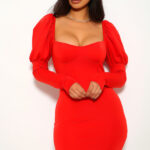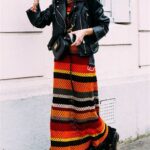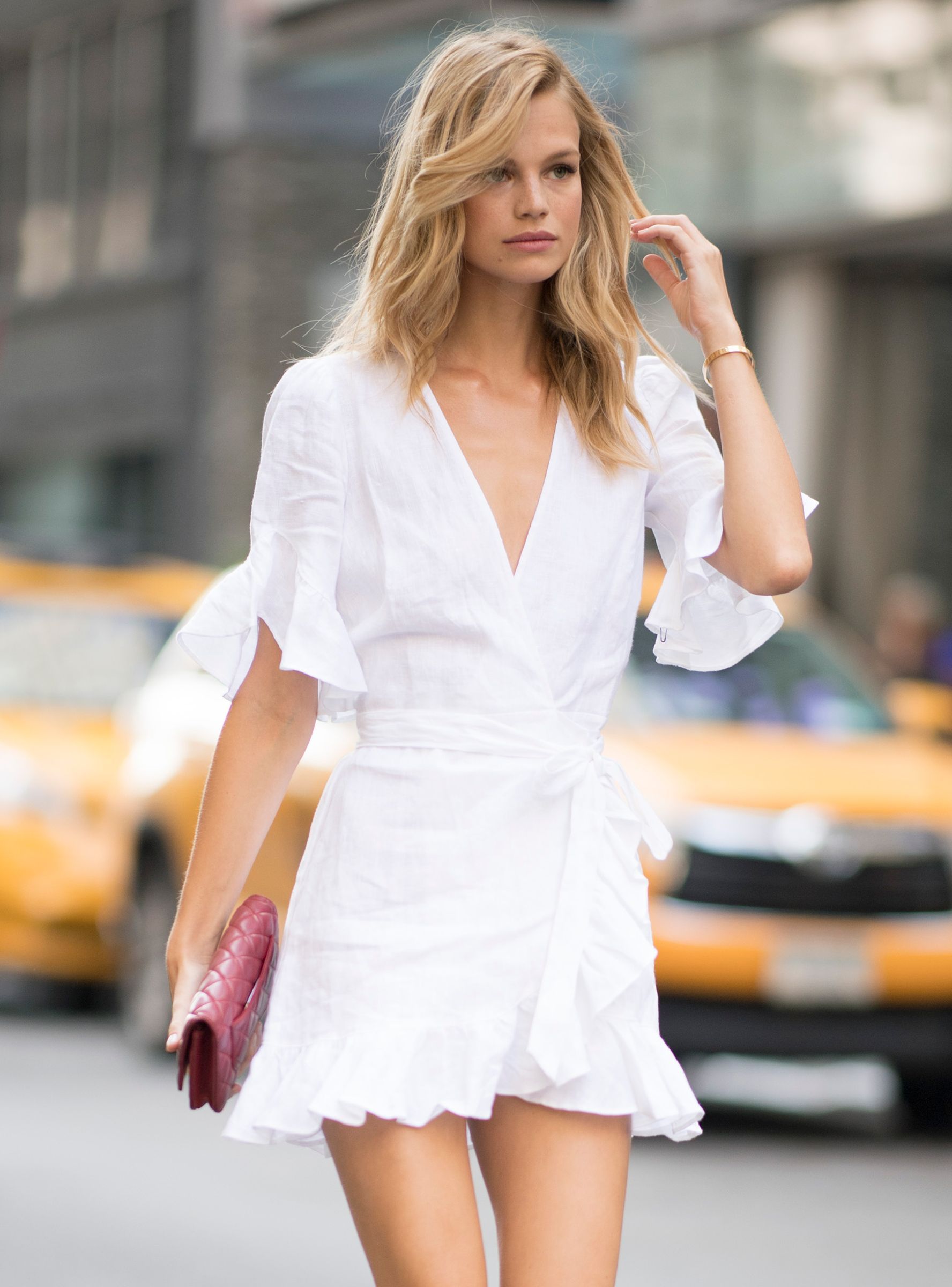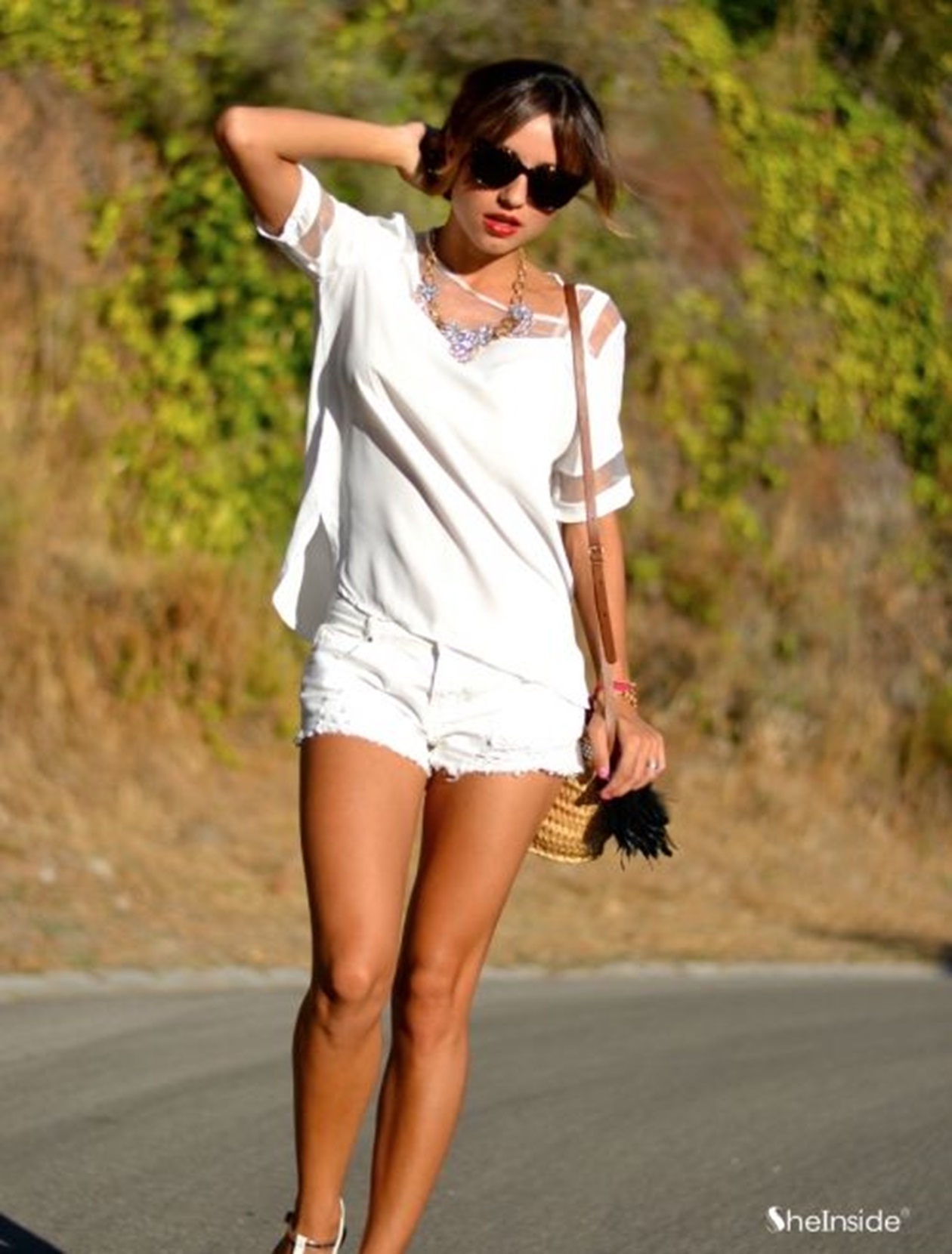The Art of Fashion: Exploring Trends, Expression, and Evolution
Fashion, an ever-evolving form of self-expression and cultural reflection, transcends mere clothing. It embodies creativity, individuality, and societal influences, weaving a tapestry that defines eras, expresses identities, and shapes perceptions. From haute couture runways to street styles, fashion is an art form that continuously evolves, resonating with diverse audiences across the globe.
The Essence of Fashion:
Fashion extends beyond the fabric and stitches; it’s a visual language that communicates identity, aspirations, and attitudes. It encompasses clothing, accessories, hairstyles, and even body modifications, serving as a canvas for personal expression and societal commentary.
Fashion as Cultural Expression:
Cultural heritage and societal norms intricately intertwine with fashion. Traditional attire, patterns, and craftsmanship often reflect a region’s history, values, and rituals. The fusion of cultural elements within contemporary fashion not only preserves heritage but also fosters cross-cultural dialogue and appreciation.
Trends and Evolution:
Fashion is a dynamic entity, characterized by ever-changing trends. These trends, shaped by designers, influencers, and societal shifts, dictate styles that permeate runways, retail stores, and wardrobes. From the cyclical resurgence of vintage fashion to the emergence of avant-garde designs, the evolution of fashion is a reflection of societal changes and innovative creativity.
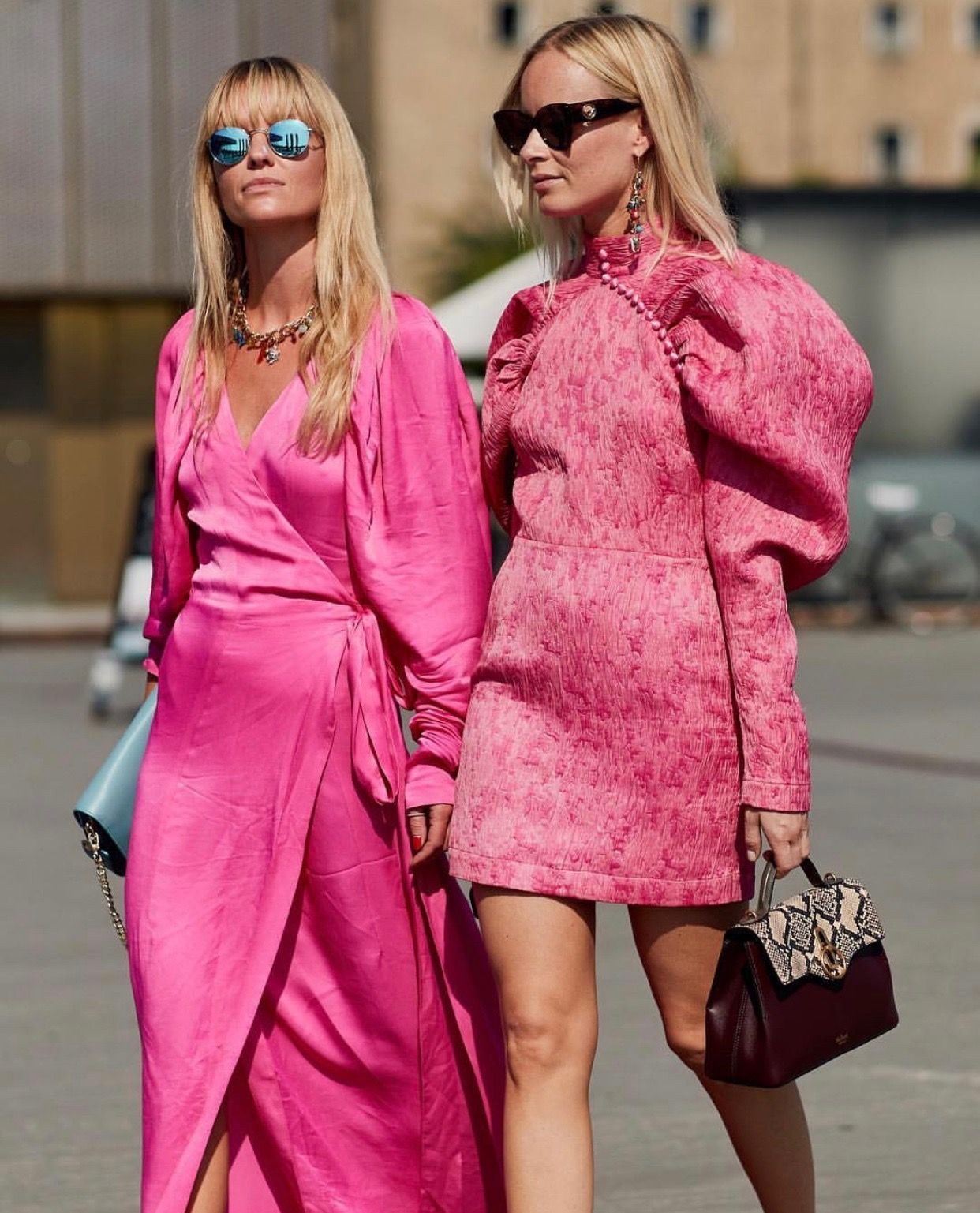
Fashion and Identity:
Individuals use fashion as a means to assert identity and cultivate a sense of self. Whether through eclectic styles, minimalist choices, or bold statements, clothing becomes a medium to express personalities, beliefs, and affiliations. The choices people make in fashion become an extension of their identity.
The Influence of Fashion Industry:
The fashion industry, a multifaceted ecosystem encompassing designers, manufacturers, retailers, and consumers, significantly shapes trends and perceptions. High-end fashion houses set trends that trickle down to mass-market brands, influencing consumer choices and defining the zeitgeist of an era.
Fashion’s Relationship with Sustainability:
Amidst the glamour, the fashion industry grapples with sustainability concerns. Fast fashion’s rapid production cycles, environmental impact, and ethical considerations have prompted a shift towards eco-friendly practices, ethical sourcing, and a call for conscious consumerism.
Technology and Fashion:
Technological advancements have revolutionized the fashion landscape. From 3D printing and augmented reality in design processes to e-commerce platforms offering personalized shopping experiences, technology has democratized fashion, making it more accessible and innovative.
Fashion and Social Media:
The digital age has democratized fashion critique and trendsetting. Social media platforms serve as virtual runways, allowing individuals, influencers, and brands to showcase styles, garner followers, and shape fashion narratives in real-time.
Fashion’s Role in Empowerment:
Fashion is a tool for empowerment, enabling marginalized communities to reclaim narratives, celebrate diversity, and challenge stereotypes. Inclusive fashion initiatives promote body positivity, gender neutrality, and cultural inclusivity, fostering a more accepting and diverse industry.
The Future of Fashion:
The future of fashion lies in a balance between innovation and sustainability. The industry’s evolution will likely witness a continued fusion of technology and creativity, coupled with a heightened focus on ethical practices, circular fashion, and inclusive representation.
Conclusion:
Fashion is a canvas that paints a vivid picture of our times—an amalgamation of creativity, culture, innovation, and societal shifts. It evolves, adapts, and challenges norms, reflecting our individuality, aspirations, and societal ethos. It’s an art form that not only drapes us but also defines us—a colorful tapestry woven from threads of creativity and expression.
Fashion is more than just clothing; it’s a vibrant tapestry that intertwines creativity, culture, and expression. From haute couture to street style, fashion serves as a canvas for individuality and societal reflection.
At its core, fashion is a form of self-expression. Through clothing, accessories, and personal style choices, individuals communicate their identity, aspirations, and attitudes. It’s a language without words, a visual representation of one’s personality and beliefs.
Trends define the ever-evolving nature of fashion. Influenced by designers, influencers, and societal shifts, trends dictate what’s in vogue at any given moment. Whether it’s the resurgence of vintage fashion or the emergence of avant-garde designs, fashion trends mirror the pulse of society.
The fashion industry, encompassing designers, manufacturers, retailers, and consumers, shapes these trends. High-end fashion trickles down to the mass market, influencing consumer choices and shaping the fashion landscape.
Sustainability has become a pressing concern in the industry. Fast fashion’s impact on the environment has led to a call for ethical sourcing, eco-friendly practices, and conscious consumerism.
Technology has revolutionized fashion, from 3D printing in design processes to e-commerce platforms offering personalized shopping experiences. Social media has democratized fashion critique and trendsetting, turning platforms into virtual runways.

